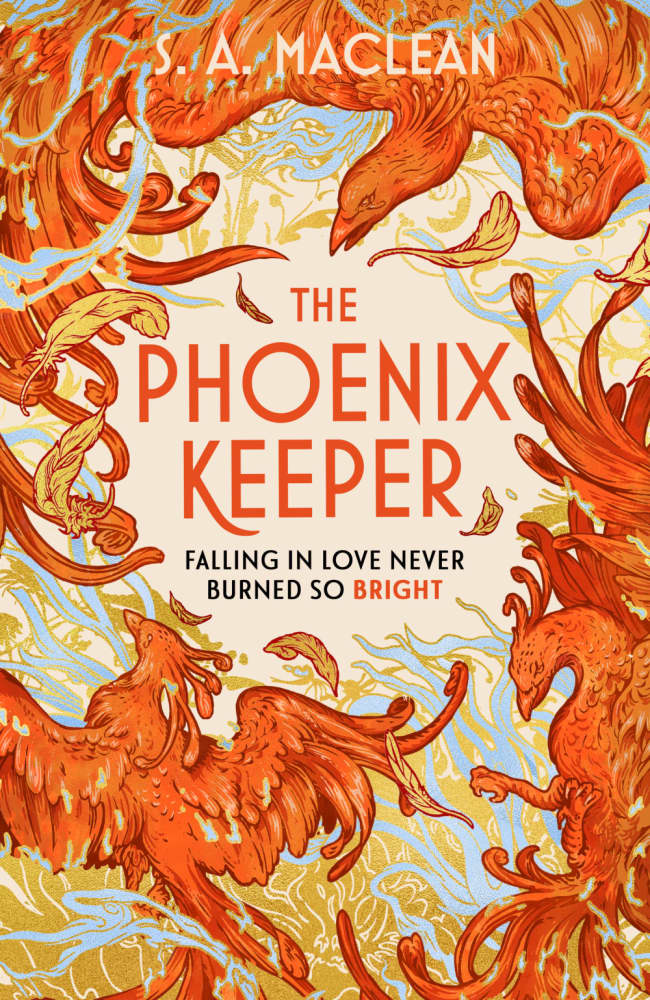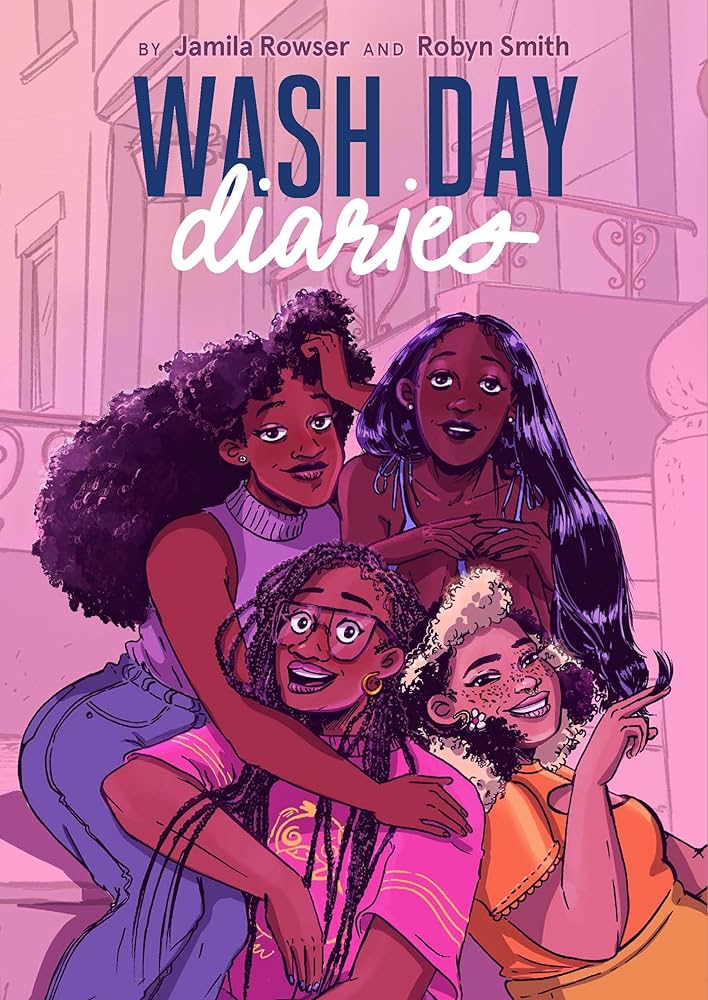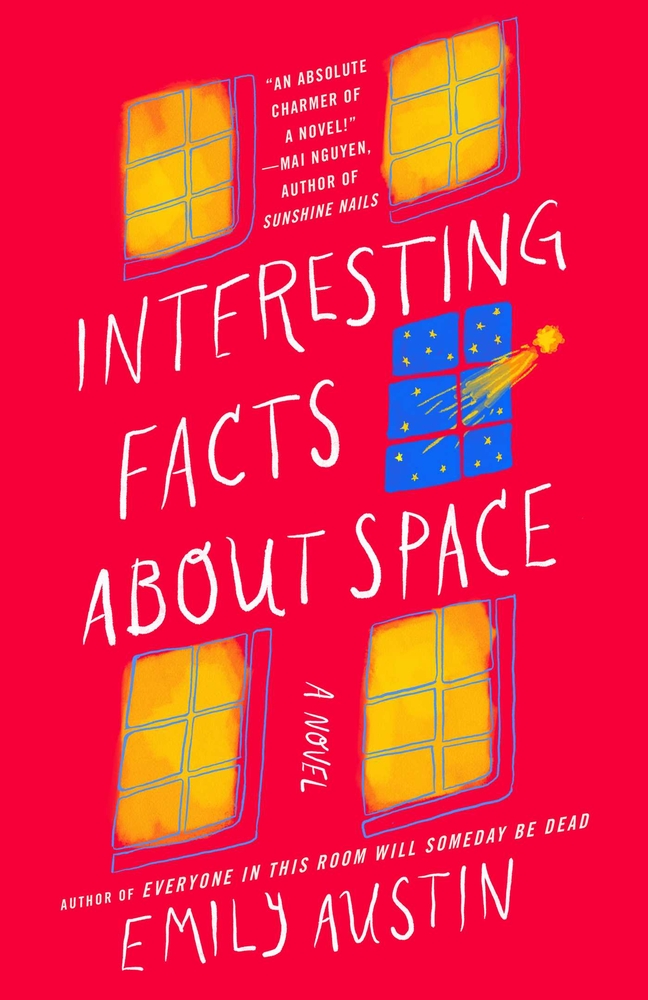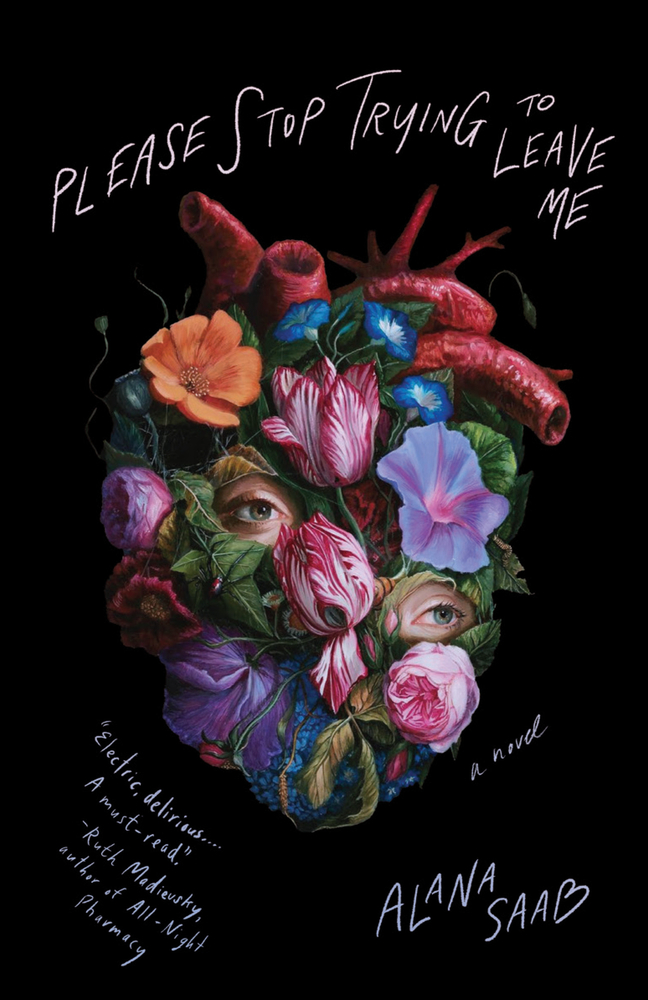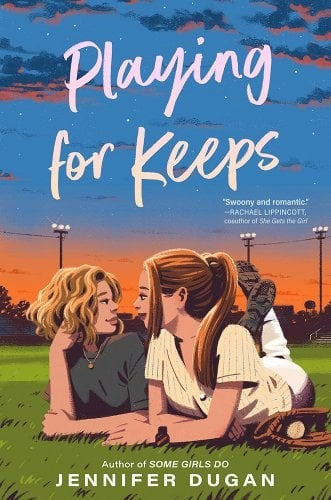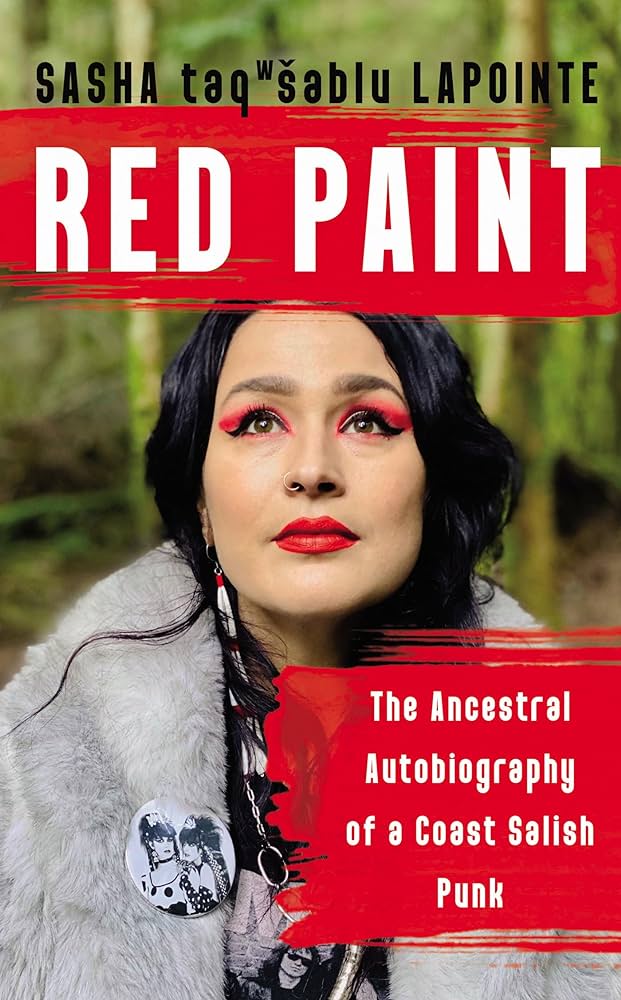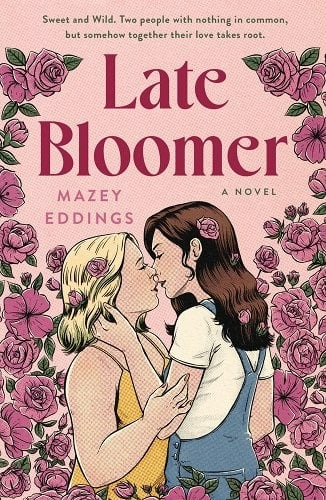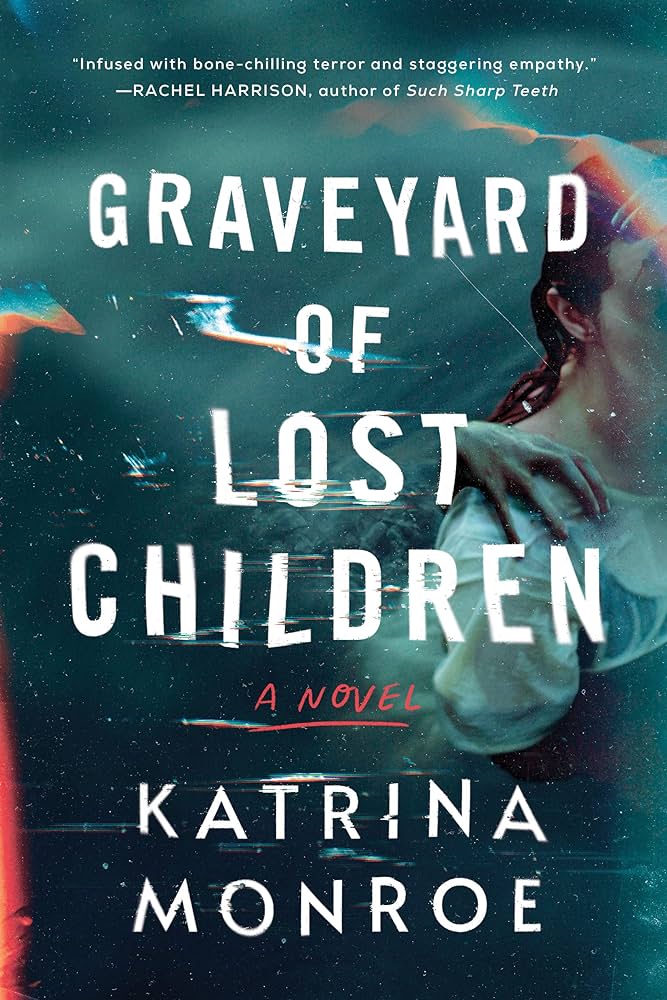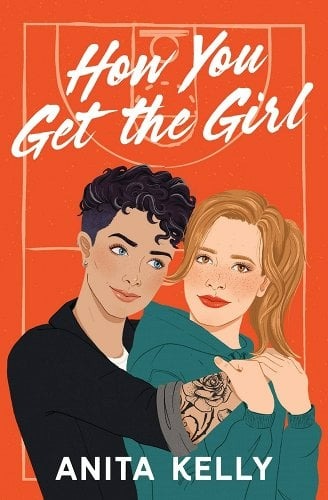Buy this from Bookshop.org to support local bookstores and the Lesbrary! I’m animal lover who’s always looking for more cozy queer fantasy, so this book seemed tailor made for me. It follows Aila, a phoenix keeper at a magical zoo who is trying to restart their phoenix breeding program to help bring the phoenixes backRead More
Love, Friendship, and Hair Care: Wash Day Diaries by Jamila Rowser and Robyn Smith
Buy this from Bookshop.org to support local bookstores and the Lesbrary! In Wash Day Diaries, readers follow a group of four young Black women from the Bronx, getting a glimpse of their daily lives through their hair care routine and wash day experiences. Presented as five interconnected short story comics, we get to meet Kim, whoRead More
Sophomore Sapphic Novel Doesn’t Disappoint: Interesting Facts About Space by Emily Austin
Buy this from Bookshop.org to support local bookstores and the Lesbrary! Interesting Facts About Space by Emily Austin (she/her) is one of my new favorite books. Within the first few pages, Austin personified a tampon box, lamented the indignity of celebrating baby genitals (read: gender reveals), and made the astute, albeit morbid, observation that one of theRead More
A Debut with Staying Power: Please Stop Trying to Leave Me by Alana Saab
Buy this from Bookshop.org to support local bookstores and the Lesbrary! Please Stop Trying to Leave Me is a deeply engrossing, frenetic, and thought-provoking debut by Portuguese-Lebanese-American writer and screenwriter Alana Saab (she/her). The story is narrated by Norma, a twenty-seven-year-old, privileged young woman living in present-day New York in the wake of a mental health breakdown. DescribedRead More
A Curveball Romance: Playing for Keeps by Jennifer Dugan
Buy this from Bookshop.org to support local bookstores and the Lesbrary! A baseball pitcher and umpire definitely aren’t supposed to fall for each other, right? Especially not when star pitcher June and officiate-to-be Ivy are trying to go pro. Sometimes, life throws you a curveball, though. When Ivy is assigned as an umpire for June’sRead More
Memoir of a Queer Coast Salish Punk: Red Paint by Sasha taqʷšəblu LaPointe
Buy this from Bookshop.org to support local bookstores and the Lesbrary! “I no longer wish to be called resilient. Call me reckless, impatient, and emotional. Even Indigenous. Call my anything other than survivor. I am so many more things than brave.” One of my favourite books I’ve read this year is Thunder Song, LaPointe’s newestRead More
Healing Through Fake Dating: Cover Story by Rachel Lacey
Buy this from Bookshop.org to support local bookstores and the Lesbrary! Natalie Keane is one of Hollywood’s top leading ladies. Unfortunately, with fame comes unwanted attention, sometimes in the form of crazed fans turned stalkers. With award season approaching as the man who held her hostage gets released from prison, Natalie agrees to extra security.Read More
A Blossoming, Neurodiverse Love: Late Bloomer by Mazey Eddings
Buy this from Bookshop.org to support local bookstores and the Lesbrary! After winning the lottery, Opal Devlin puts all her money in a failing flower farm, only to find an angry (albeit gorgeous) Pepper Boden already living there. Though she’s unable to find her grandmother’s will, Pepper claims she’s the rightful owner of Thistle andRead More
Ghosts or Post-Partum Depression? Graveyard of Lost Children by Katrina Monroe
Buy this from Bookshop.org to support local bookstores and the Lesbrary! After giving birth to her daughter, Olivia is struggling—not just with being a first-time mother, but mostly from being haunted. She hears voices whispering terrible things to her, a black-haired ghost is following her in her nightmares, and her body is deteriorating rapidly fromRead More
Take a Shot on How You Get the Girl by Anita Kelly
Buy this from Bookshop.org to support local bookstores and the Lesbrary! While coaching East Nashville High’s girl’s basketball teen, Coach Julie Parker expects passionate players and quick springs, not for the star of her fantasies, ex-WNBA baller Elle Cochrane, to show up with the niece she’s fostering. Despite being all heart-eyed and tongue-tied, Julie convincesRead More
- 1
- 2
- 3
- …
- 5
- Next Page »
